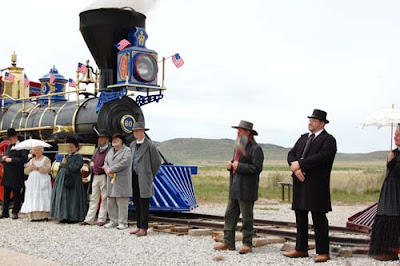My mother had this pamphlet in her files of important papers.
It was printed in 1936 and was dedicated to the modern woman.
The wringer washer was central to the running of our home on the farm. One day a week was dedicated to doing family laundry. Mom did take time out to fix meals, chase cows out of the garden, pull her children out of mud holes and do her best to stop them from eating bugs.
Unlike my grandma, Mom didn’t have to wash the clothes using a scrubbing board.
By the time I went away to college our wringer washer had been replaced by a fine new washer and matching dryer installed near the kitchen.
A few years after my husband and I were married we moved from an apartment and rented an old house. We found a wringer washer in the basement. I'd been feeding quarters into laundromat machines since college so I was willing to step back in time and dust off my washer skills.
I didn’t have a nifty apron like this to wear when I sorted clothes.
But disposable diapers were still a novelty so I washed a lot of cloth ones for my babies in the washer’s hot soapy water.
Nylon panty hose are more long-lasting than those silk stockings and they don’t need a girdle or garter belt to hold them up. Although they still should be washed by hand.
(click to biggify and learn more about line drying clothes)
There is quite an art to drying clothes on the line. A sunny breezy day is perfect for fluffing towels and softening denim trousers. On the farm Mom tried to dry Dad’s work clothes outside in the winter. But more often than not she’d end up bringing them in frozen stiff where they were hung on a drying rack by the stove.
I wouldn’t want to go back to washing clothes with an old wringer washer. Things got clean, but the wringers were famous for snapping buttons and injuring anyone carless enough to get a hand too near the rollers. There were even well endowed ladies who did damage to other parts of their body when they leaned over and got themselves caught up in their laundry.
However, I do miss having a clothes line. There is nothing like the smell of sun dried linens.






























